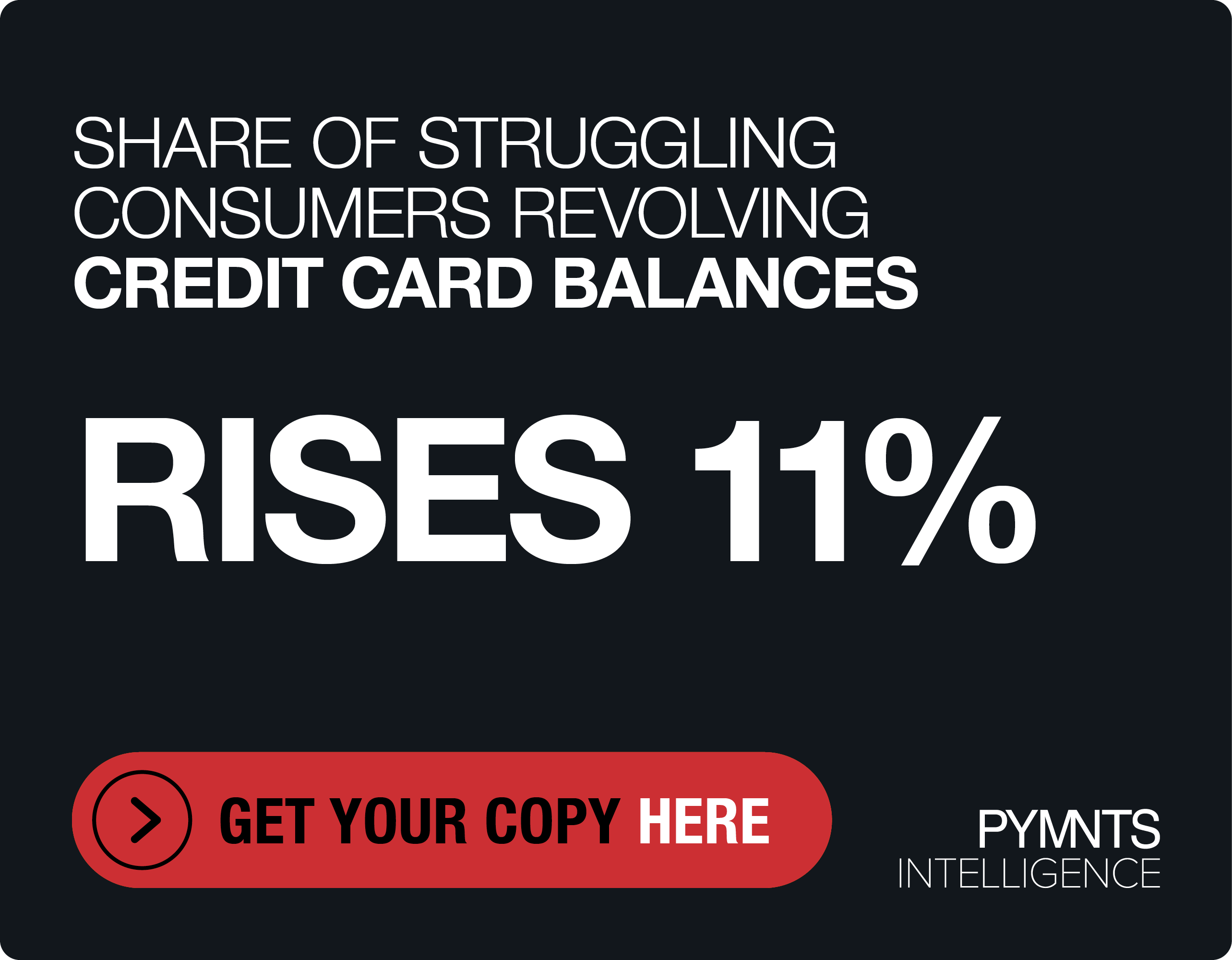The Corporate Card Pursues The Canadian SMB Opportunity

Commercial card products have seen gradual traction in the U.S. for years as businesses digitize their payment strategies and workflows, and the pandemic has only accelerated card adoption. Industry innovation is lowering barriers to adoption, too, and introducing new avenues for firms to take advantage of the capital float and rewards the payment product offers.
In Canada, however, adoption remains muted, especially among small- to medium-sized businesses (SMBs). The challenge, said CAARY CEO John MacKinlay, is that SMBs have largely fallen between the gaps of the nation’s financial services sector.
Speaking with PYMNTS, MacKinlay discussed how SMB credit and finance remains a prime opportunity for FinTech disruption and explored how broader trends in B2B FinTech — like the rise of embedded finance — present a strategic avenue for FinTech disruptors to accelerate adoption in the market.
Filling The Gap
As is often the case in other markets, Canada’s SMB financial services space is a challenge. MacKinlay pointed to the position of the SMB compared to other customers of banks and other financial institutions (FIs) as a key factor behind this hurdle.
“Small businesses, in many ways, have been an orphaned segment,” he said. “The easiest way within current platforms to serve small businesses is either to attach it to a personal bank and all that comes with that, or attach it to a commercial bank, and all that comes with that. And certainly, my observation is that no small business is either personal or commercial. It’s a different creature altogether.”
Making this challenge even more acute is the current consolidation of financial services in Canada today, where, unlike in the U.S., several large banks control most of the space. This leaves few options for SMBs, and less incentive for the industry leaders to invest in SMB-targeted product.
When it comes to credit, SMBs are faced with yet another factor that does not work in their favor. Limited credit histories mean SMBs struggle to get approved for financing and card products, and according to MacKinlay, rejection rates for SMB card applicants are as high as 40 percent. For those that can secure a product, application and approval processes can be lengthy.
“A lot of small businesses get frustrated, and they just end up putting their business expenses on their personal card,” he said, adding that Canadian law can yield negative consequences to this spend strategy. “There is an implication in terms of their personal credit rating and in terms of liability.”
In this context, CAARY is gearing up for its official launch later this year to introduce its corporate card platform designed for SMBs.
Embedding Into The Market
Integral to CAARY’s launch plans is a robust partnership effort. Even before its official launch, the company announced collaborations with the likes of spend management FinTech Sensibill and small business insurance platform APOLLO.
Read more: APOLLO, CAARY Partner On SMB Digital Insurance
While industry collaborations can provide a valuable outlet to gain traction and reach customers, these partnerships also reflect the growth of embedded finance in the B2B segment of financial services. Whether on financial or non-financial platforms, embedding financial tools SMBs need within the solutions those firms already use is critical to presenting an optimized user experience.
It’s a “logical segue” to meet SMBs on their terms, noted MacKinlay, who pointed to the opportunity to either connect with small firms directly, or offer them an integrated and smooth experience accessing card solutions directly within other platforms.
That deep integration will be front and center for CAARY moving forward, and indeed, is likely to be at the center of the SMB financial services landscape overall. But there are still plenty of barriers to business cards and financing that SMBs face today.
MacKinlay said that expanding financing and credit to as many SMBs as possible will be an important guide to the firm’s growth strategy, which not only means connecting with more SMBs on third-party portals, but also innovating underwriting strategies. Robust risk management and credit monitoring is essential to opening the door to credit and expanding the types of products a FinTech like CAARY offers. If a business isn’t qualified for one particular product, then another might be more suitable.
As the company explores expansion of its product offering, additional forms of card products, as well as installment lending, are promising landscapes, especially as buy now, pay later (BNPL) solutions take off with consumers.
There are plenty of directions an SMB finance company can go in order to offer a more tailored solution to the SMB community that is able to mitigate risk appropriately while still connecting firms to much-needed capital and funding. As the ecosystem evolves, MacKinlay emphasized that it’s not just about creating products that are designed for a SMBs. It’s also about taking a diligent approach to healthy, appropriate funding.
“It’s really important, when you’re a lender, that you’ve got good credit skills, and FinTechs may not have the skillset or understand the importance of that skillset,” he said. “We’re using open banking technologies to view daily cash flow, cash position monitoring, historical trend analysis, to be able to forecast future cash flow and seasonality. That’s what will allow us to create a different credit relationship with these clients.”
